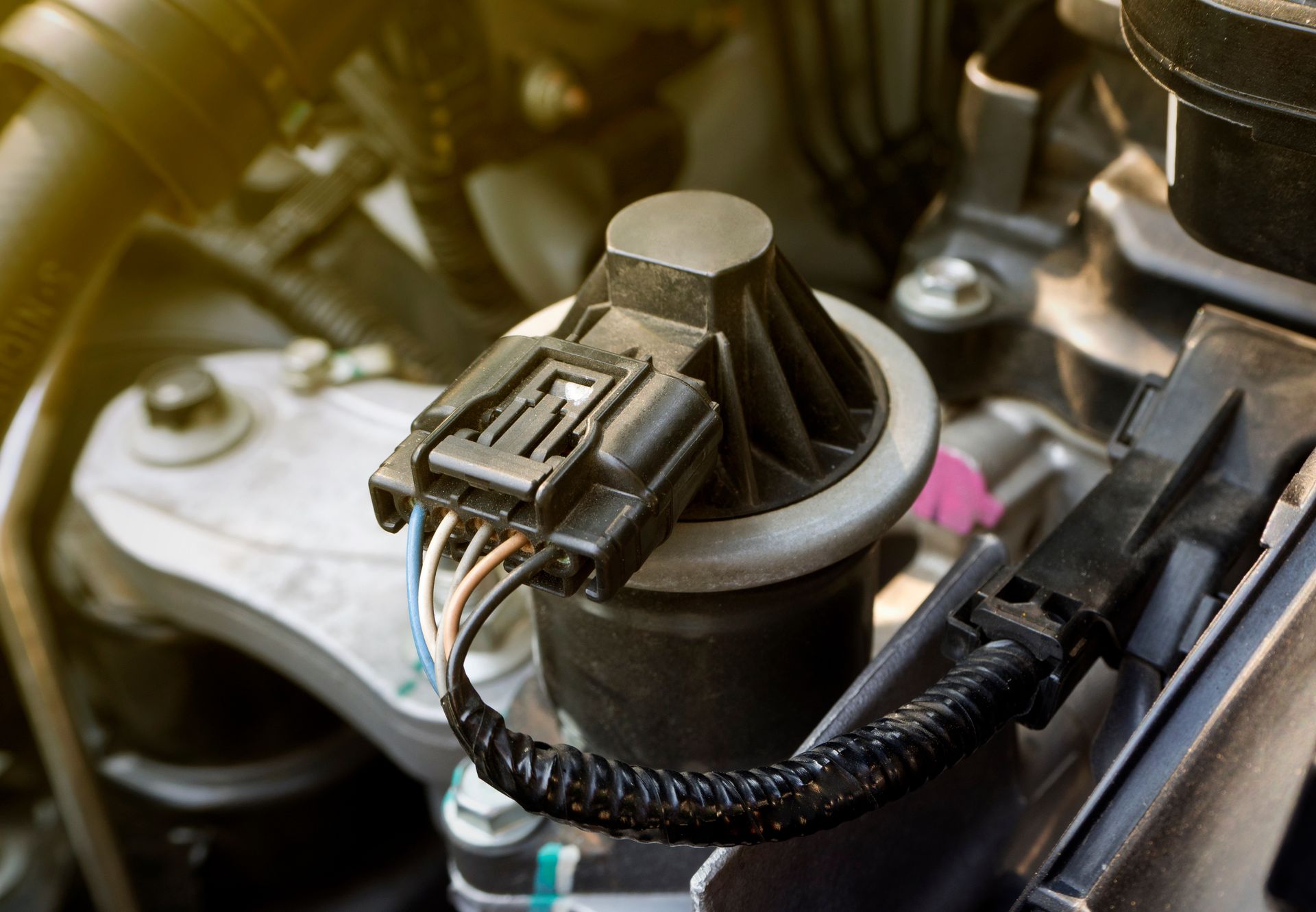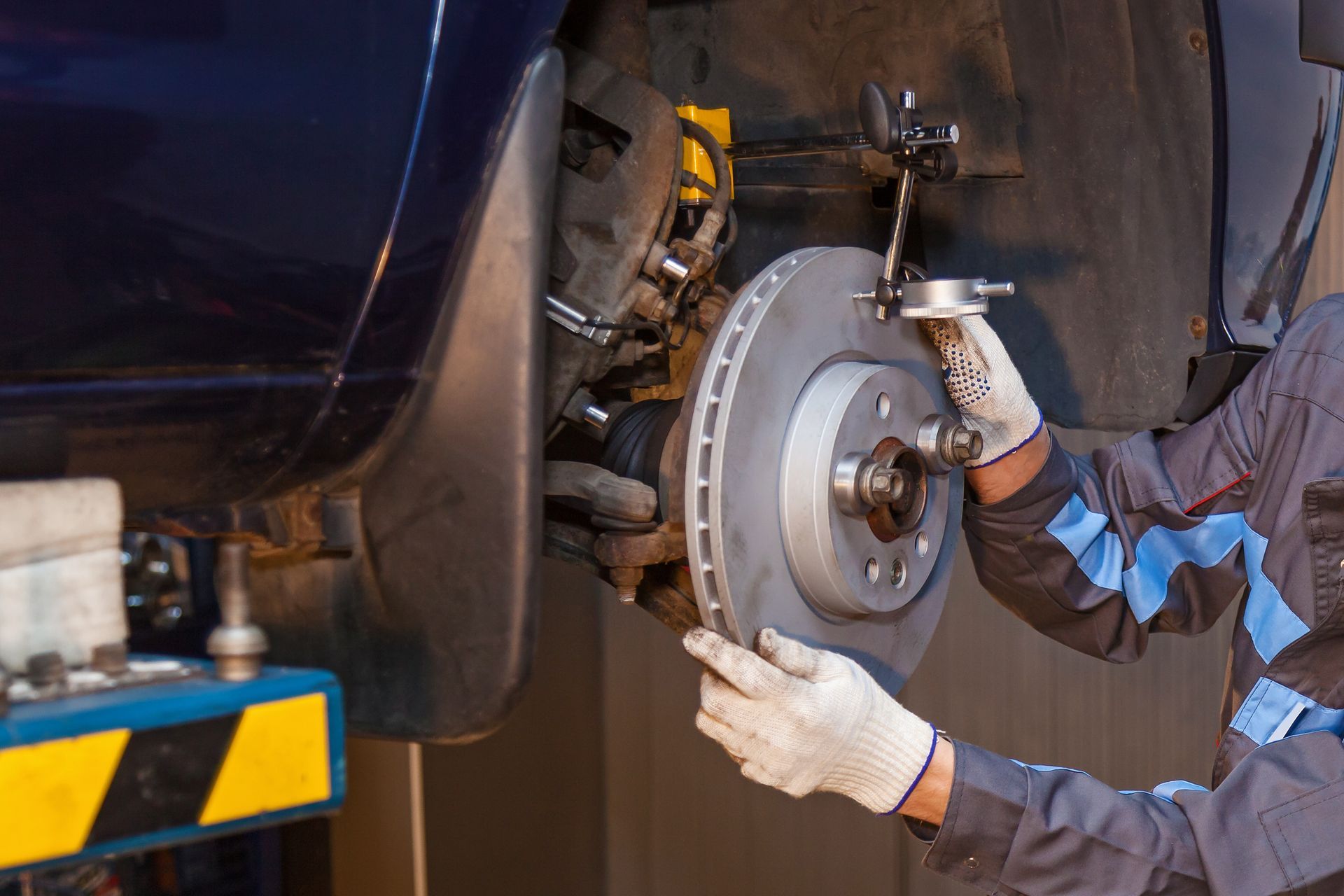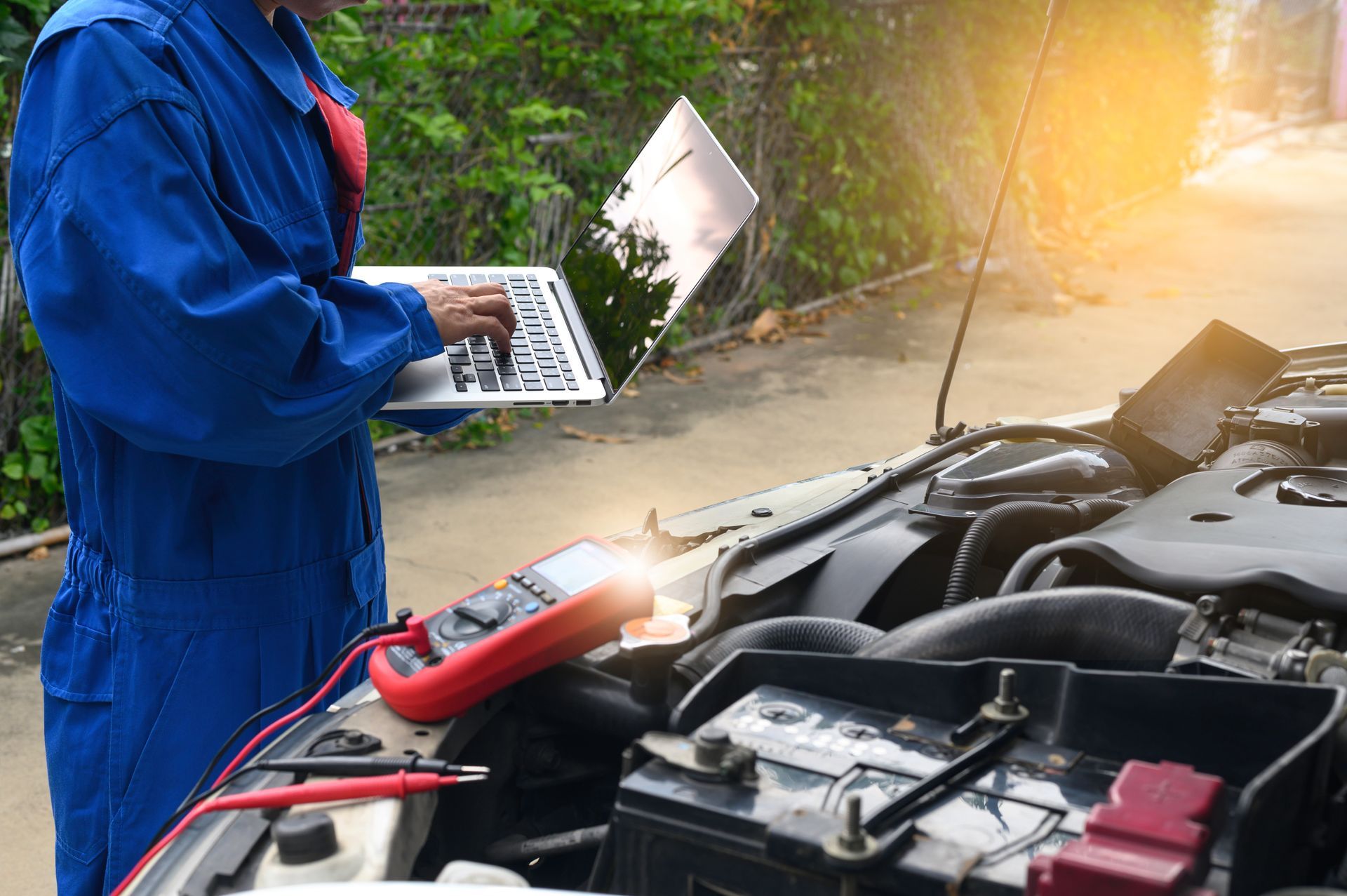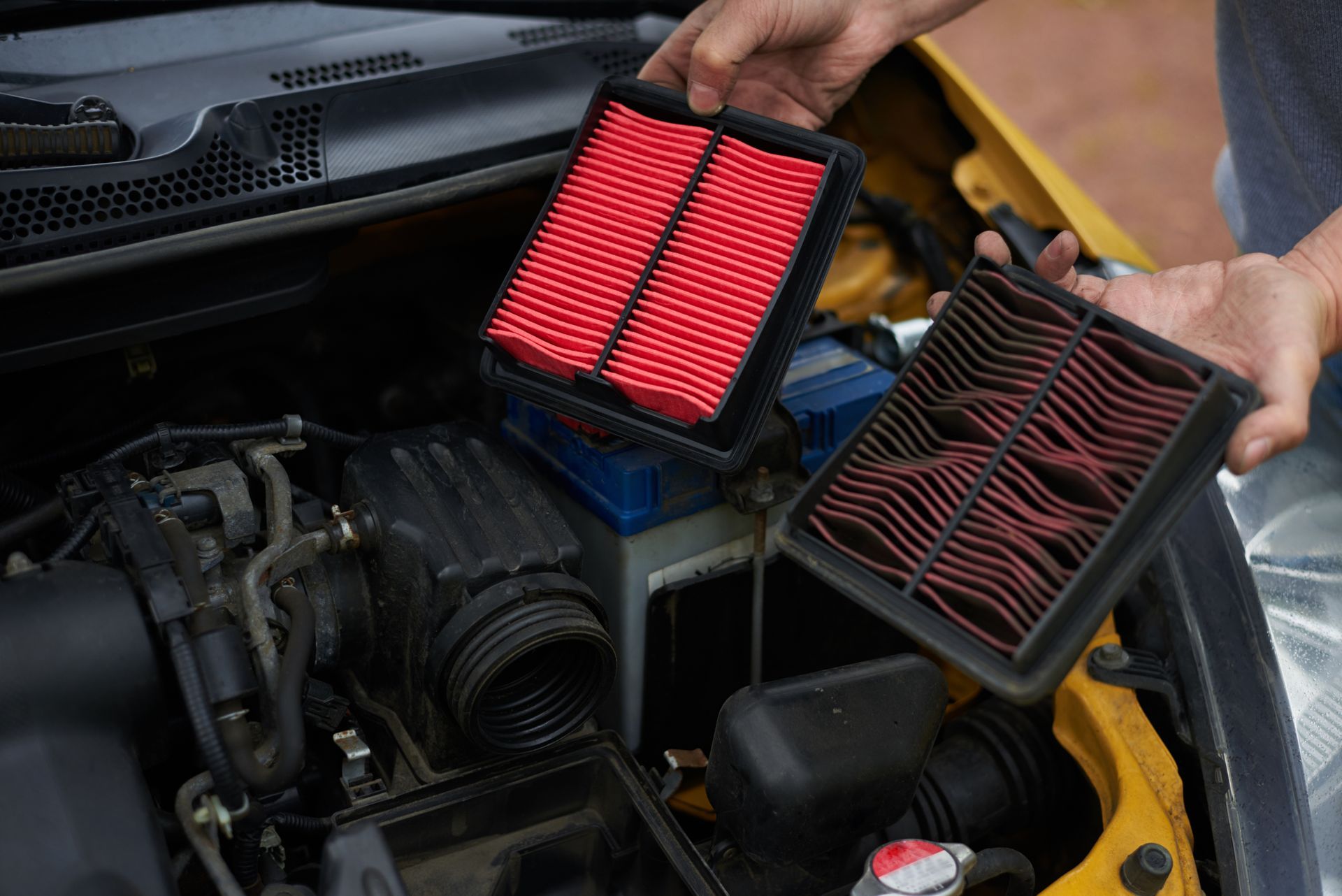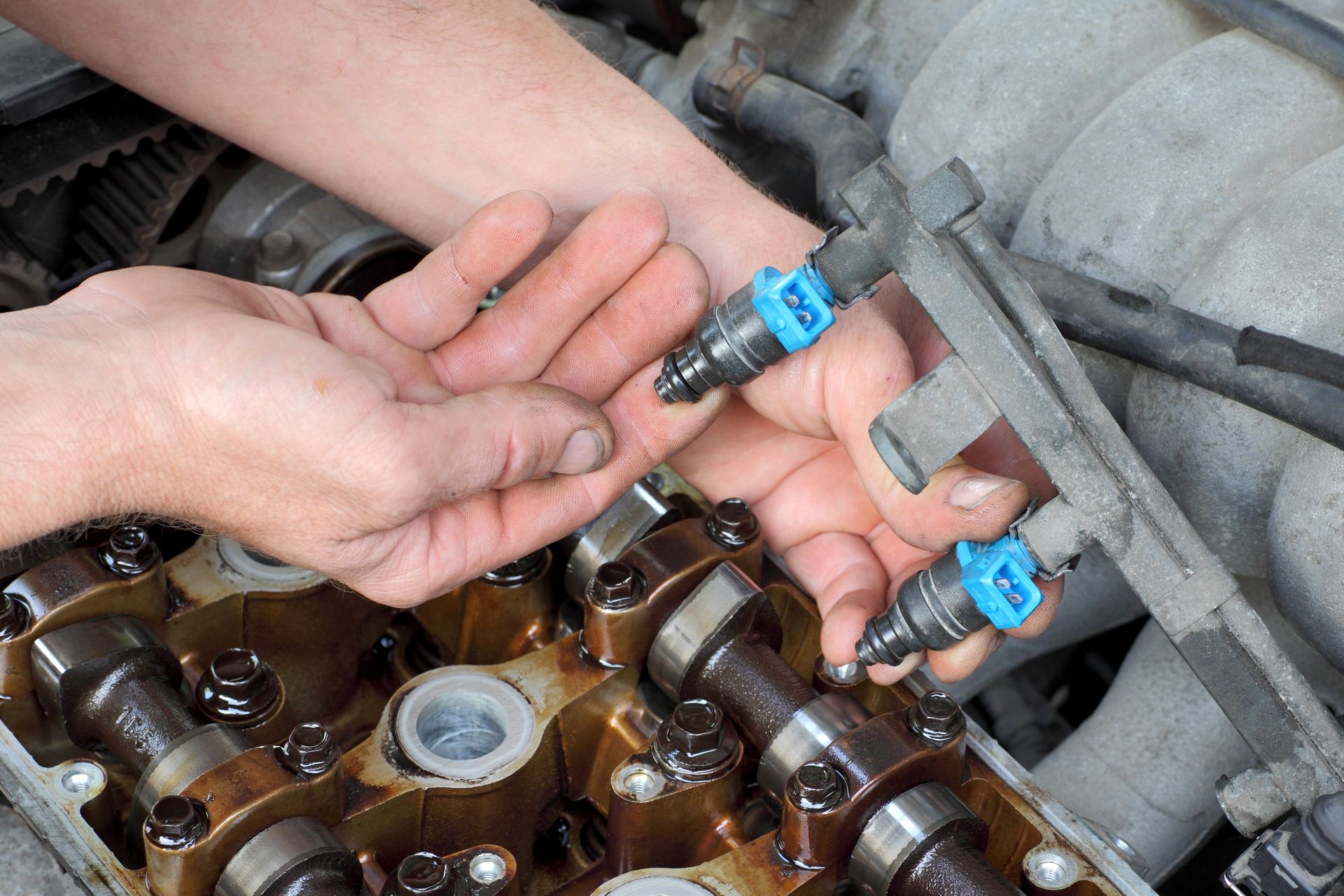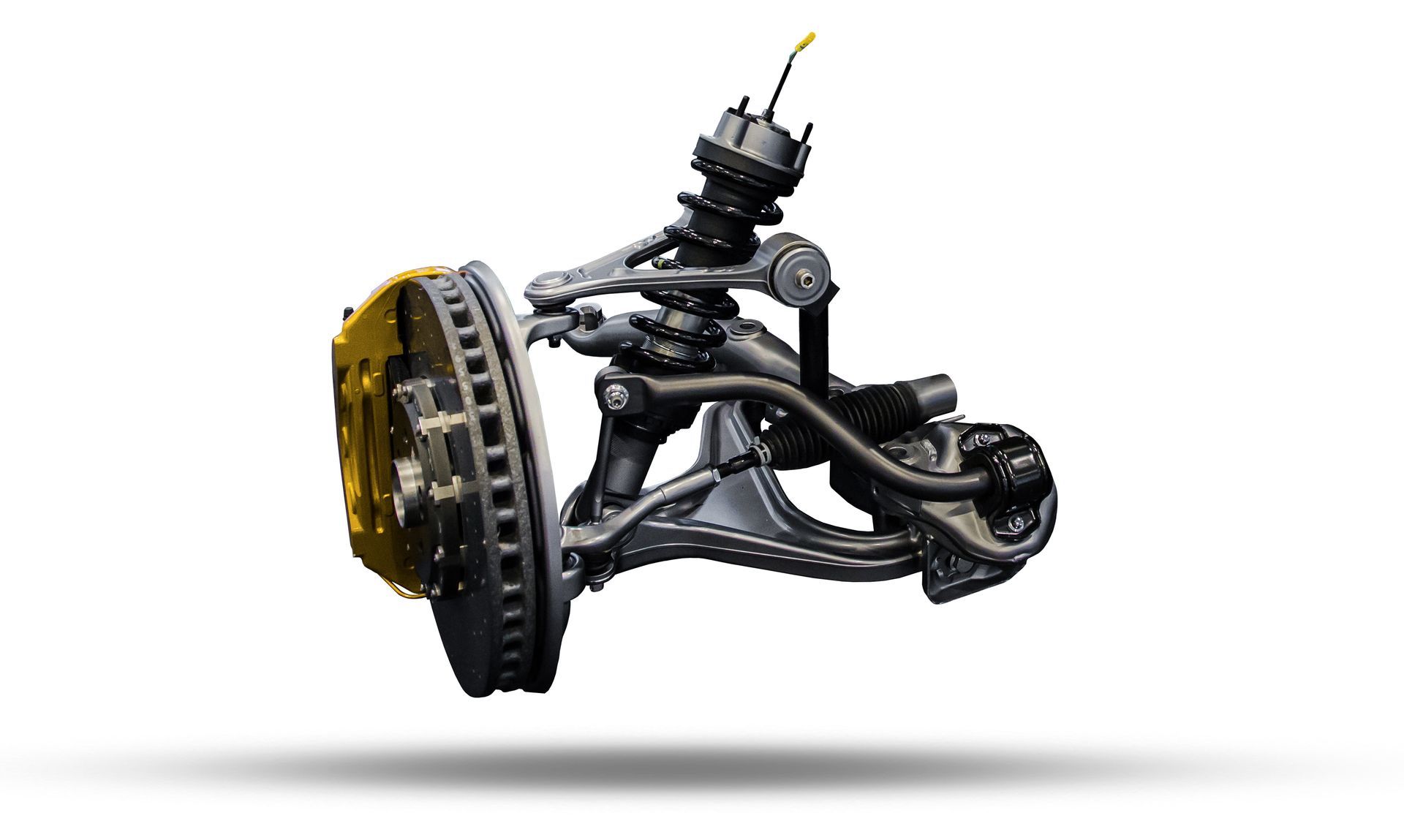Ever wondered what goes into bringing an old, tired engine back to life? Engine overhauling, often seen as a daunting task, is an intricate process that restores your engine to near-new condition. But what exactly does it involve, and why might your vehicle need it? Let's discuss engine overhauling and reveal the steps, benefits, and reasons behind this crucial automotive procedure.
1. Breathing New Life into Your Engine
Engine overhauling, also known as engine rebuilding, is a comprehensive process designed to restore an engine's performance and reliability. It involves disassembling the engine, cleaning and inspecting components, replacing worn or damaged parts, and reassembling the engine to factory specifications. This procedure can extend the life of your engine and enhance its performance, making it a viable alternative to engine replacement.
When might you consider an engine overhaul? Common reasons include significant mileage, noticeable loss of power, excessive oil consumption, and persistent mechanical issues. Overhauling is often seen as a last resort when other repairs or maintenance tasks no longer suffice.
2. The Engine Overhaul Process
Engine overhauling is a meticulous and multi-step process that requires expertise and precision. Here's a breakdown of what typically happens during an overhaul:
- Disassembly: The first step involves carefully disassembling the engine, removing it from the vehicle if necessary. Each component is cataloged and inspected for wear and damage.
- Cleaning: All parts are thoroughly cleaned using specialized equipment to remove carbon deposits, oil sludge, and other contaminants. Clean parts are easier to inspect and ensure accurate reassembly.
- Inspection and Measurement: Every component, including the cylinder head, block, pistons, and crankshaft, is inspected for damage and measured against factory specifications. This step is crucial to identify which parts need replacement or machining.
- Replacing Parts: Worn or damaged parts, such as piston rings, bearings, gaskets, and seals, are replaced with new ones. Components like the camshaft, lifters, and valves may also be replaced if necessary.
- Machining: Some parts may need machining to restore them to factory specifications. This can include boring and honing cylinders, grinding the crankshaft, and resurfacing the cylinder head.
- Reassembly: The engine is carefully reassembled with new parts and machined components. This step requires precision and attention to detail to ensure everything is fitted correctly and torqued to the manufacturer's specifications.
- Testing: Once reassembled, the engine undergoes rigorous testing to ensure it operates correctly. This may include running the engine on a test stand to check for leaks, unusual noises, and proper performance.
3. Benefits of Engine Overhauling
Why go through the trouble of overhauling an engine? Here are some key benefits:
- Extended Engine Life: An overhaul can significantly extend the life of your engine, allowing you to get many more miles out of your vehicle.
- Improved Performance: Replacing worn parts and addressing mechanical issues can restore lost power and improve overall engine performance.
- Cost-Effective: Overhauling is often more cost-effective than replacing the engine entirely, especially for older vehicles or those with sentimental value.
- Customization Opportunities: Overhauling allows upgrading certain components, such as installing performance parts or improving fuel efficiency.
- Environmental Impact: Rebuilding an engine can be more environmentally friendly than scrapping the entire engine and manufacturing a new one.
4. Signs Your Engine Might Need Overhauling
How do you know if your engine is due for an overhaul? Look out for these signs:
- Excessive Smoke: Blue or black smoke from the exhaust can indicate burning oil or fuel, suggesting worn piston rings or valve seals.
- Loss of Power: A noticeable drop in engine power and acceleration could be due to worn components or internal damage.
- Increased Oil Consumption: If your engine consumes more oil than usual without any visible leaks, it could be a sign of internal wear.
- Knocking Noises: Unusual knocking or tapping noises from the engine often indicate worn bearings or other internal issues.
- Poor Fuel Efficiency: A significant drop in fuel efficiency can signal engine problems that might necessitate an overhaul.
5. Preventive Measures to Extend Engine Life
While overhauling can revive your engine, preventive maintenance is key to delaying the need for such extensive work. Here are some tips to keep your engine in good shape:
Regular Oil Changes: Changing your oil and filter regularly helps keep your engine clean and well-lubricated, reducing wear on critical components.
Monitor Coolant Levels: Keeping your cooling system in check prevents overheating, which can cause significant engine damage.
Use Quality Parts and Fluids: Always use high-quality oil, coolant, and replacement parts to ensure the best performance and longevity.
Follow Maintenance Schedules: Adhere to your vehicle's maintenance schedule for tasks like spark plug replacement, timing belt changes, and other critical services.
Drive Sensibly: Avoid aggressive driving habits that put extra stress on your engine, such as rapid acceleration and heavy braking.
Is your engine showing signs of trouble? Bring your vehicle to
Custom Performance Center Auto Repair & Towing for a professional engine overhaul. Schedule your appointment today to restore your car's performance and reliability!

